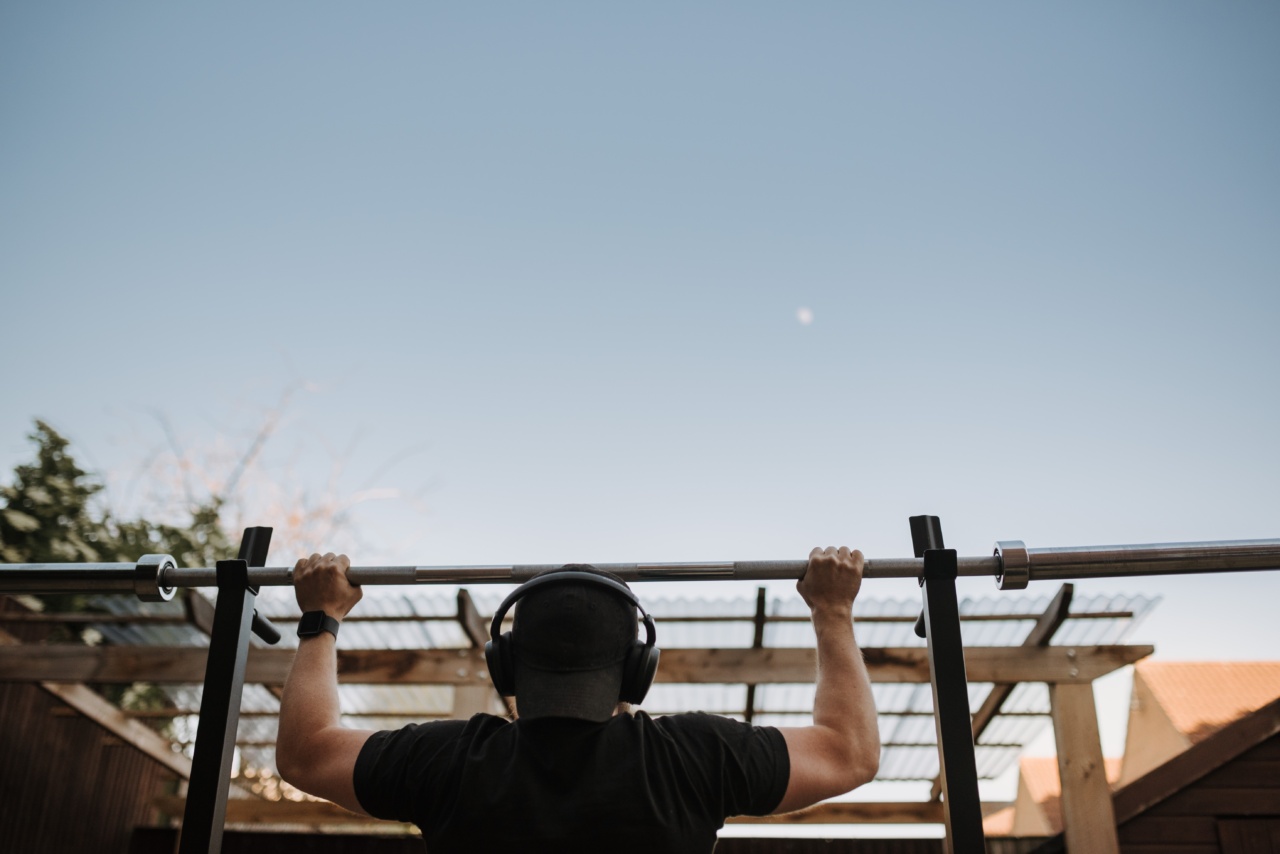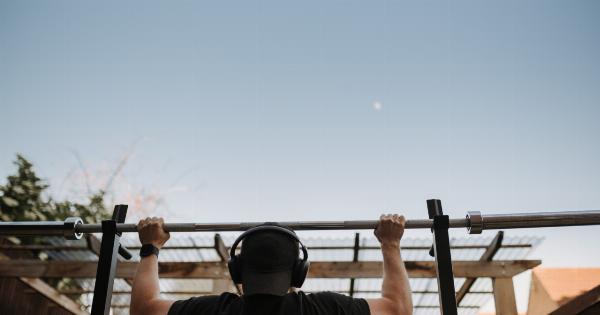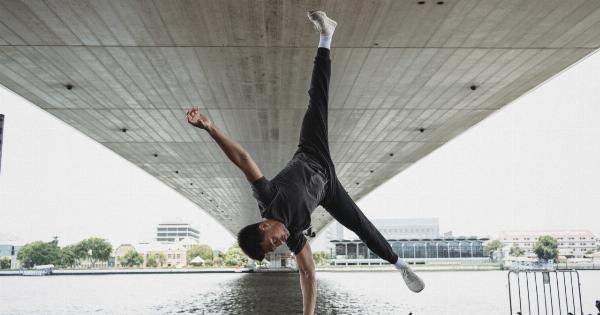Have you ever wondered how some musicians manage to achieve such powerful and thunderous sound on their instruments? It’s not just talent and skill; it turns out that exercise can play a significant role in optimizing your sound.
In this article, we will explore how physical fitness and proper training can enhance your music performance and help you achieve an impressive and impactful sound.
The Connection Between Fitness and Sound Production
When it comes to playing an instrument, whether it’s a guitar, piano, saxophone, or drums, sound production is key. The sound you produce is a result of the vibration of the instrument and your body’s interaction with it.
Your muscles, posture, and breath control all contribute to the quality and volume of the sound.
Building a Strong Foundation: Posture and Core Strength
One of the essential aspects of optimizing your sound is maintaining proper posture and engaging your core muscles. Good posture allows your body to align with the instrument correctly, facilitating smoother and more efficient movements.
It also helps in controlling your breath and maximizing lung capacity.
Exercises for Better Posture
Here are a few exercises you can incorporate into your training routine to improve your posture:.
- Plank: Practice holding a plank position for a minute or more. This exercise engages your core muscles and strengthens your back, promoting better posture.
- Yoga or Pilates: Participate in a yoga or Pilates class that focuses on posture and core strength. These practices help improve flexibility, strengthen your core, and promote better body awareness.
- Back Extensions: Lie face down and, using your back muscles, lift your upper body off the ground while keeping your legs and hips relaxed. This exercise targets your lower back muscles and helps counteract slouching.
- Shoulder Blade Squeezes: Sit or stand with your arms at your sides. Squeeze your shoulder blades together as if you’re trying to hold a pencil between them. Hold for a few seconds and repeat several times.
Enhancing Breath Control
Proper breath control is crucial for musicians, especially wind instrument players and vocalists. Exercises that focus on improving lung capacity and breath control can have a significant impact on the quality of your sound production.
Exercises for Better Breath Control
Try incorporating these exercises into your routine to improve your breath control:.
- Diaphragmatic Breathing: Lie on your back, place one hand on your chest and the other on your abdomen. Breathe deeply, focusing on expanding your abdomen rather than your chest. This exercise helps you use your diaphragm effectively and increases your lung capacity.
- Interval Training: Engage in high-intensity interval training (HIIT), such as sprinting or cycling. HIIT improves your cardiovascular fitness, allowing you to sustain longer and more controlled breaths during performances.
- Yoga Breathing Exercises: Certain yoga breathing techniques, like Alternate Nostril Breathing or Kapalabhati (Skull Shining Breath), can help strengthen your diaphragm and improve breath control.
Finger Dexterity and Strength
For instrumentalists, particularly guitarists, pianists, and other finger-centric musicians, finger dexterity and strength are crucial for precise and powerful playing.
Exercises for Finger Dexterity and Strength
Here are a few exercises to enhance your finger dexterity and strength:.
- Scales and Arpeggios: Practice scales and arpeggios regularly to improve finger coordination and strength. Start slowly and gradually increase your speed.
- Hand Grip Exercises: Invest in a hand grip strengthener and use it regularly to strengthen your fingers and hands.
- Finger Tapping: Tap your fingers on a table or your instrument’s surface using various patterns and sequences. This exercise helps improve finger independence and agility.
Maintaining Overall Physical Fitness
While specific exercises targeting posture, breath control, and finger dexterity are essential, it is equally important to maintain overall physical fitness.
Regular exercise and keeping your body in optimal shape can have a positive impact on your music performance.
Exercises for Overall Physical Fitness
Consider incorporating the following exercises into your routine for overall physical fitness:.
- Cardiovascular Exercises: Engage in activities such as running, swimming, or cycling to improve your cardiovascular fitness. A healthy heart and lungs contribute to better stamina during performances.
- Strength Training: Include weightlifting or resistance training exercises to build muscle strength and endurance. Strong muscles help support your body while playing an instrument and reduce the risk of injuries.
- Flexibility Exercises: Stretching exercises, yoga, or ballet can improve your flexibility and range of motion, allowing for more comfortable movements while playing your instrument.
- Aerobic Exercises: Participate in aerobic exercises like Zumba, dance classes, or aerobics videos for an enjoyable way to boost your overall fitness and coordination.
Conclusion
Incorporating exercise and physical fitness into your music training routine can make a significant difference in the quality and power of your sound.
Taking care of your posture, breath control, finger strength, and overall physical fitness enhances your performance and helps you achieve a thunderous sound on your instrument. So, get moving, exercise regularly, and optimize your sound by giving your body the support it needs to make music at its best.





























